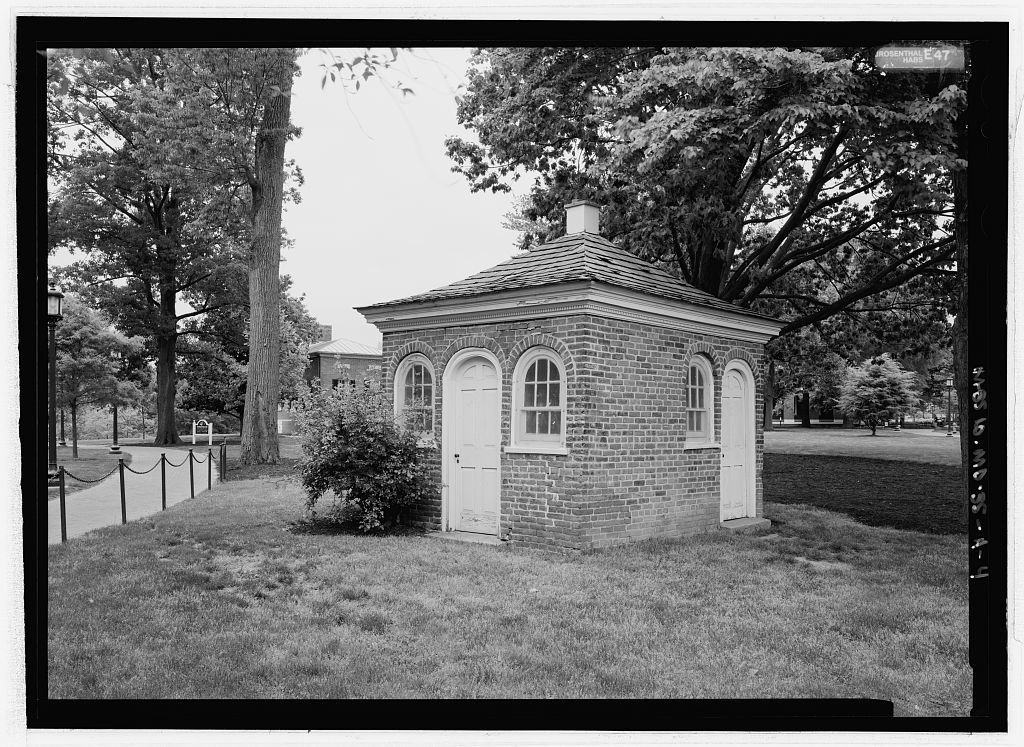October 10, 2011
Homewood Museum hosts experts on historic landscape design
Homewood Museum will present its 11th annual Baltimore’s Great Architecture lecture series over three consecutive Mondays, Oct. 10, 17 and 24. The theme of this year’s series, History in the Landscape, is inspired by the current restoration of Homewood’s original 1801 brick privy.
The series opens today, Oct. 10, with historian Michael Olmert exploring the architecture, patterns of use, folklore and even literary presence of privies in the late 18th– and early 19th–century Tidewater region. These small structures, undoubtedly the most necessary of outbuildings in the early American landscape, were important functional and even decorative elements belonging to country houses and plantations. Olmert, an Emmy Award–winning documentary film writer, is a professor of English at the University of Maryland, College Park and the author of five books, including Kitchens, Smokehouses and Privies: Outbuildings and the Architecture of Daily Life in the Eighteenth-Century Mid-Atlantic.
Internationally renowned landscape designer and historian Barbara Paca will speak Oct. 17 on how Maryland’s founding fathers fused orchards, gardens, vineyards and other agricultural features with residential architecture to create private utopias. Paca is a principal of Preservation Green of Maryland & New York LLC who has worked on landscape projects ranging from rooftop gardens and the restoration of small residential properties to master plans for public parks.
Closing the series on Oct. 24 will be Washington, D.C., architect Outerbridge Horsey, discussing historic and historically inspired follies and garden buildings in America, from the 18th century to the present. These architectural curiosities, designed to bring playfulness and whimsy to the landscape, began on the great European estates of the late 16th and early 17th centuries and flourished in the two centuries that followed. Although follies in America initially followed European models, over time they evolved in innovative ways.
Lectures will be held at 6 p.m. in Gilman Hall’s Marjorie M. Fisher Hall, Room 50, preceded by receptions at 5 p.m. at Homewood Museum. Admission is free, but reservations are requested by emailing homewoodmuseum@jhu.edu or calling 410-516-5589. Walk-in registration is based on availability. For more information, call 410-516-5589 or go to www.museums.jhu.edu.
The History in the Landscape lecture series is presented by Homewood Museum in association with 2011 Baltimore Architecture Month. The program is made possible, with free admission, thanks to the generous support of Aurelia G. Bolton. Additional support is provided by Lewis Contractors and Adam and Fredye Gross.


